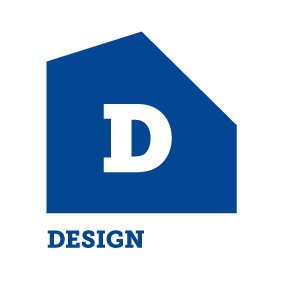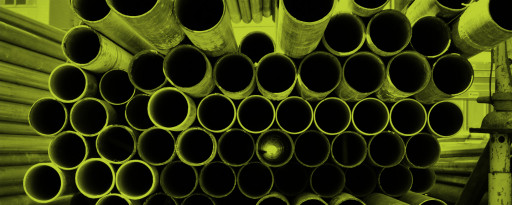Quantity surveying and design work together
Codewords 87: December 2018
Including value engineering options during a project’s design can help manage costs and avoid a budget blowout.

Traditionally, many see design and quantity surveying as being stand-alone practices. However, the benefits of combining them becomes obvious when analysing their individual strengths.
A quantity surveyor (QS) can provide valuable input at the start of a project by providing advice about value engineering and cost management.
Value engineering
Value engineering involves a QS providing different options to realise cost-saving benefits for a project.
Examples of value engineering in a design process include:
- advising on cost implications of different cladding options including whole-of-life costings
- advising on cost benefits and design adjustments to enable off-the-shelf solutions and materials rather than bespoke designs
- ensuring the ceiling height fits standard size sheets of plasterboard, avoiding excessive cutting and waste
- designing the project so work is completed in stages to allow costs to be set out accurately and specific measurements tracked at each stage.
Design benefits
Often, and despite best efforts, an initial budget provided by a client is blown as excitement about the project grows. To help manage costs, it’s best to bring in a quantity surveyor during several stages of the design process:
- For the initial conversation with designer and client, to discuss budgets and goals, set expectations and identify the limits of the design within the cost parameters. At this point, it’s important to talk to the client about their budget and what they want to achieve. It can be easier to identify early on if the goals and budget are likely to work. This is also an opportunity to discuss ideas about value engineering for the designer and the client to think about.
- Once the concept plans have been completed, a quantity surveyor can provide an indicative budget. This can be useful before the working drawings are completed as it can save rework if the plans exceed the budget. If further value engineering is required, this is a good time for a discussion between the designer and client.
- After the concept drawings have been signed off and the working drawings completed, a quantity surveyor can provide a schedule of quantities. This is used during the tender process and is a list and measurement for all carpentry and concrete items needed for a project. Using a schedule of quantities means that all builders use the same measurements – overall, this makes tenders fairer and easier to compare. It often also encourages builders to tender a price as the exercise is far less labour intensive without the need to measure as well as price.
Quiz
1. What does value engineering provide?
- Advice regarding the structural elements of a project.
- Advice regarding the cost elements of a project.
- Advice regarding the architectural elements of a project.
2. A schedule of quantities is a list and measurement document provided to builders to tender from and is useful for:
- fair tendering
- making sure materials are measured correctly
- helping to make the tendering process less time intensive for the builders
- all of the above.
3. Designers and quantity surveyors should:
- never work together
- only work together at working drawings stage
- ideally work together at the start of a project.
Check answers
1. What does value engineering provide?
b. Advice regarding the cost elements of a project.
2. A schedule of quantities is a list and measurement document provided to builders to tender from and is useful for:
d. all of the above.
3. Designers and quantity surveyors should:
c. ideally work together at the start of a project.
